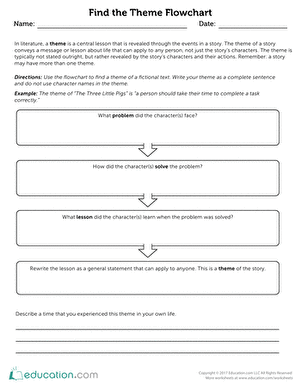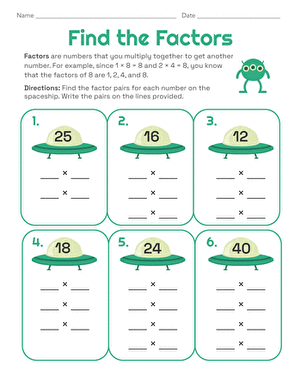Science project
Use the Altitude of Polaris to Find Latitude
Sailors and travelers have used Polaris, also known as the North Star, for centuries to locate their position on the surface of the Earth. Polaris is the brightest star in the constellation Ursa Minor, whose seven brightest stars form the Little Dipper. Polaris is the brightest star at the end of the tail of the Little Dipper and is useful because it is the only star that does not appear to move in relation to a specific location on Earth. Polaris cannot be seen from south of the equator.
The altitude of a star is the measurement in degrees of the angle of the star above the horizon. Flat out on the horizon is 0° and straight up in the sky is at 90°, which has a special name, the zenith.

Materials
- Drafting compass with degree measurements
- Clear, starry night
Procedure
- Go outside on a dark, clear, starry night.
- Locate Polaris. It is the last star in the tail of the Little Dipper.
- Hold the compass out in front of you.
- Align the 0° edge of the compass with the horizon.
- Keeping the 0° edge flat against the horizon, lift one arm of the compass until it points directly at Polaris.
- Read off the angle. This is the altitude of Polaris from your location on Earth. This corresponds to your latitude. What would be the altitude of Polaris if you were standing at the North Pole? What would be the altitude of Polaris if you were standing at the Equator?
Results
Use a map or the internet to determine the latitude of your hometown and see if your measurement is correct.
Why?
Polaris is so far away (about 434 lightyears) that the rays of light approach the Earth in a parallel manner. This allows us to look at the angle between us and the star (which is the same as the angle between the horizon and the star) to locate our latitude on the Earth. Polaris is about 0.7° from the exact North Pole, so with the rotation of the Earth it makes its own tiny circle in the sky at night as well, but it is the only star that appears fixed in the sky to us.
Polaris is also a multiple star, which is why it is so bright. It consists of alpha-Polaris, the main, brightest star, and two tiny stars very close to it, so to the naked eye they appear as one star.
Earth moves in a motion called precession. This means our axis shifts in a circle over the span of about 26,000 years. This means Polaris hasn't always been above our North Pole as it is right now. In ancient Egyptian times, the North Star was Thuban, from the constellation Draco, and in about 12,000 years, it will be Vega, from the Lyra constellation, which will appear to be an even brighter beacon than Polaris.
Education.com provides the Science Fair Project Ideas for informational purposes only. Education.com does not make any guarantee or representation regarding the Science Fair Project Ideas and is not responsible or liable for any loss or damage, directly or indirectly, caused by your use of such information. By accessing the Science Fair Project Ideas, you waive and renounce any claims against Education.com that arise thereof. In addition, your access to Education.com's website and Science Fair Project Ideas is covered by Education.com's Privacy Policy and site Terms of Use, which include limitations on Education.com's liability.
Warning is hereby given that not all Project Ideas are appropriate for all individuals or in all circumstances. Implementation of any Science Project Idea should be undertaken only in appropriate settings and with appropriate parental or other supervision. Reading and following the safety precautions of all materials used in a project is the sole responsibility of each individual. For further information, consult your state's handbook of Science Safety.













